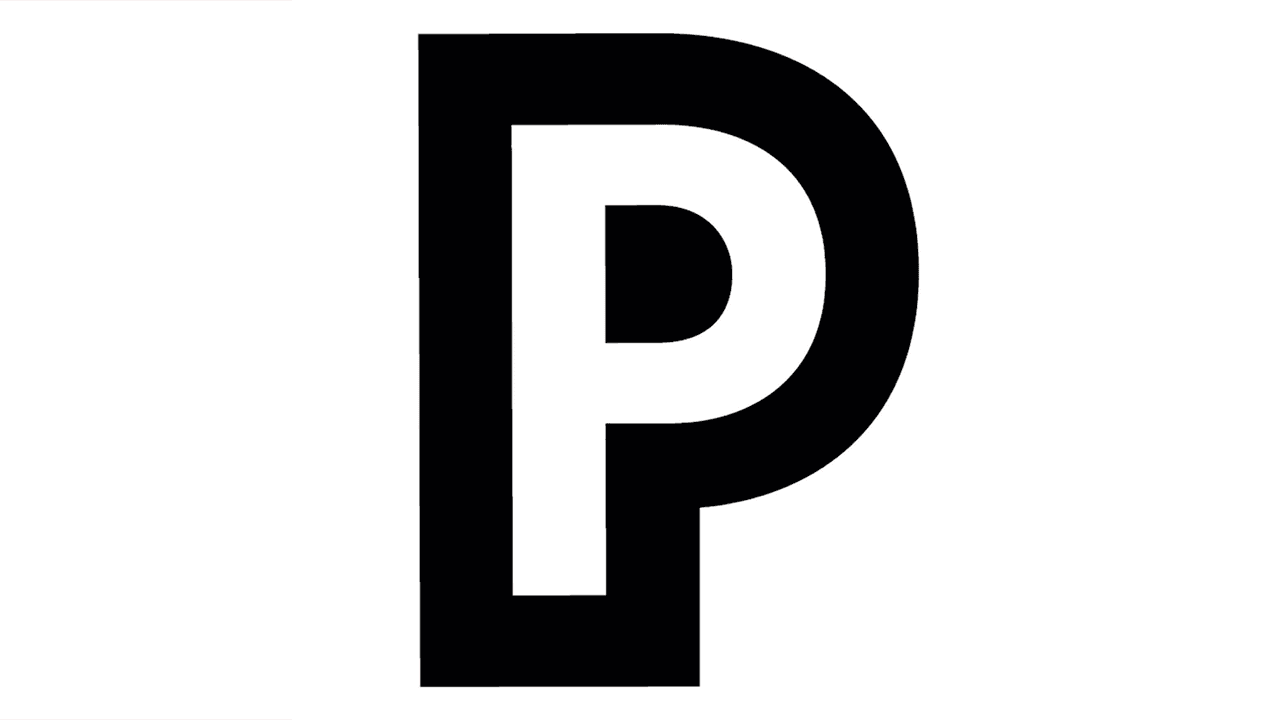Product placement (recognised by the logo PP) is when a brand works with editorial and production partners to place their product or service into the fabric of TV shows. This could be a product that is used (like a mobile phone or a cash point machine), is part of the set (like washing powder on a supermarket shelf) or appears as a poster.
Key points
- Product placement can help to normalise a brand as it is seen, used and understood in a natural context.
- It has also been proven to boost awareness and purchase consideration.
- TV programmes made for UK audiences can contain product placement as long as they comply with Ofcom's rules which set out the what, where and how it can be used.
- Product placement is allowed in films (including dramas and documentaries), TV series (including soaps), entertainment shows and sports programmes.
Product placement has been on our screens for some years, appearing within acquired programming from overseas or as legitimate prop provision – a natural part of making TV programmes. The rules in the UK changed in February 2011, and since then certain programmes have also been able to contain paid for product placement as long as they comply with Ofcom’s rules.
Advertisers have taken advantage of this opportunity to get their brands woven into the editorial of TV shows in order to get closer to their viewers and some gratifying results have been achieved. The majority of product placement deals so far have been linked to a sponsorship or advertiser funded programme
Why should brands get involved?
The benefits of bringing entertainment and brands closer together appropriately are well established through our experiences with TV sponsorship and branded content. Consumers' positive feelings for entertainment content - their interest in a favourite show or character - can rub off on a product featured within this content. This in turn can build key brand metrics. Product placement works in a similar way to sponsorship and is often used to complement it to influence brand affinity incrementally. Also, like sponsorship, the brand follows the content as the programme is viewed across channels and platforms after its first run (+1 channels, VoD etc).
Product placement has been proven to boost awareness and purchase consideration. It is a great way of educating viewers about your brand in a natural setting through usage and dialogue. It has the power to change perceptions, provide ideas and inspiration for viewers, or indeed, validation for purchase choices.
A key benefit of product placement is that it can help to normalise a brand and help it to be seen, used and understood in a natural context.
Product placement works best when part of an integrated solution. Nielsen found that spot ads paired with product placement generated double the recall and double the purchase intent. Liquid Thread said “We have found that product placement is at its most effective when it is supplemented by further brand integration across a programme’s supporting digital platforms. When we placed Samsung tablets and phones in The X Factor, we also created online video diaries of the contestants.” Recent research from Channel 4 also suggests that this cross-platform approach is the best approach for PP.
What are the rules for product placement?
TV programmes made for UK audiences can contain product placement as long as they comply with Ofcom's rules which set out what type of products can be placed in programmes, where product placement is allowed, and how placed products can be featured. Here's the top line on what they say.
- The product placement rules apply to all programmes broadcast on channels licensed by Ofcom
- Product placement is allowed in films (including dramas and documentaries), TV series (including soaps), entertainment shows and sports programmes.
- Products cannot be placed in news or children's programmes. They also cannot be placed in religious, current affairs and consumer advice programmes made for UK audiences
- Cigarettes and other tobacco products, along with medicines that are available only on prescription, can't be product placed in any programmes. Alcoholic drinks, gambling products, all other types of medicines, baby milk, food and drink that is high in fat, salt, or sugar can't be product placed in UK programmes.
- Products that can't be advertised (such as guns and other weapons) can't be product placed in UK programmes either.
- There must be 'editorial justification' for a product to be placed in a programme. That means the product must have a natural fit with the storyline. The content of programmes shouldn't seem to be created or distorted, just to feature the placed products.
- Programmes also can't promote placed products or give them too much prominence. So there shouldn't be any claims made about how good a placed product is, or so many references to a product that it feels like it is being promoted.
- The Product Placement logo must be shown for 3 seconds at the beginning and end of the programme and also shown briefly in the ad break during the programme. The logo can be black on white or vice versa as shown below.

 Thinkbox
Thinkbox